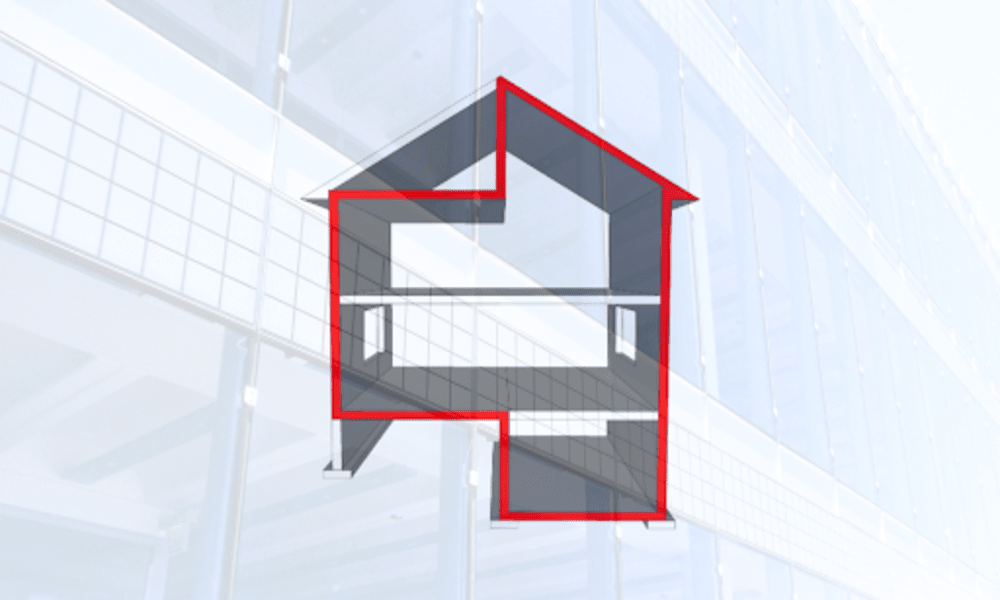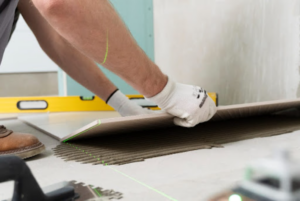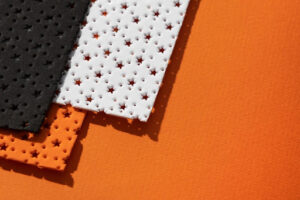The building envelope is an outer cover that protects the structure of any property from various climate issues and noise. It can be applied to the outside walls, rooftops, windows, and door outlines. The building envelope enhances the durability and coolness of your property, which helps you save electricity. India has the advantage of diverse climate conditions, but this is a disadvantage for the walls of the building, and India needs practical ideas and initiatives for an intelligent building envelope plan.
Enhanced Insulation
Enhancing the quality of insulation and its appropriate application is one of the most effective ways to improve its performance. As we know, India has unique and challenging climate conditions. Interior structures that are appropriately insulated keep heat levels consistent according to the climate, increase heat in winter and reduce it in summer.
- Types of Insulation: Some of the common insulation products are spray foam, cellulose, fiberglass, and rigid foam boards. The locally available natural-based raw materials like jute and coir, which are used in rural areas, are gradually coming into the market in urban areas also.
- Installation Areas: Walls, roofs, and floors are efficient areas for installing insulation. It works for both scenarios in warmer areas; it also reduces the indoor heat and vice versa.
High-Performance Windows and Doors
If you upgrade the windows and doors, you should enhance them by using a quality building envelope. It reduces heat transfer and helps you to save overall energy efficiency.
- Double or Triple Glazing: You should upgrade the windows with multiple panes if they are made up of a single glass pane, as it improves the insulation.
- Low-E Coatings: Multiple glass pane coating retains heat in both scenarios, indoors during the winter and outdoors during the summer, by reflecting infrared rays.
- Proper Sealing: Ensure that the sealing is done correctly because improper sealing might cause air leaks and reduce thermal performance.
Ensuring the Air Sealing
The unsealed gaps or cracks can lead to loss of energy and utility costs. It can be prevented with the use of adequately sealed air-tight insulation. Air sealing is essential for creating a tight building envelope. In India’s humid and varied climate, protecting the property with a coating structure is crucial.
- Common Leak Points: Areas like window corners, sides of doors, electric outlets, and plumbing areas are at risk of air leakage.
- Sealing Techniques: Applying the solvent made from any recommended material that is water resistant is an appropriate material to fill in the gaps.
- Benefits: Air sealing improves indoor air quality and comfort by reducing drafts and leakage.
Reflective Roof Coating
Roof coating materials reduce and reflect the heat absorption by the roof. This helps the structure reduce the heat inside, lower the cooling costs, and improve comfort. In India, reflective roofing is beneficial because of the hot climate.
- Cool Roofs: Reflective roofs are made up of a material that bounces back the direct sun rays away from the building.
- Materials: Terracotta clay tiles, reflective shingles, fiberglass shingles, tiles and coating to the existing roof. While coating roof color plays a crucial role, the white color is highly recommended because it is the best heat reflector.
- Energy Savings: It reduces the cooling energy costs by preventing the heat from entering inside. It is definitely beneficial for large infrastructures.
Green Building Materials
As much as the building envelope is important, balancing it with green energy practices is also important, and for that, we must increase the use of green and sustainable materials in the building envelope. This leads towards the improvement of the environment and performance of the building envelope. In India, this is necessary as the country urbanises rapidly.
- Recycled Materials: In any sector, recycling is always beneficial. Recycled materials such as recycled wood or metal reduce waste and resource consumption.
- Sustainable Sourcing: Materials sourced from sustainable practices, like certified wood, ensure minimal environmental impact.
- Health Benefits: Green insulation materials are environmentally friendly and consist of very few hazardous compounds, which is good for our health.
Conclusion
By the suggested building envelope measures, many of the architectural, energy efficiency, comfort and durability of a building can be increased, such as the use of insulation, windows and doors, air sealing, reflective roof coating and green construction. The advantages of reducing energy costs, increasing the level of warmth provided inside the structure, and reducing environmental measures are potential positives for property owners in India through these strategies.
Using these better building approaches can benefit Indian builders and citizens by improving building performance significantly and helping the nation achieve its overall sustainability goals. We can structure buildings that are more sustainable, ecologically friendly, and environmentally friendly by focusing on the building envelope.






